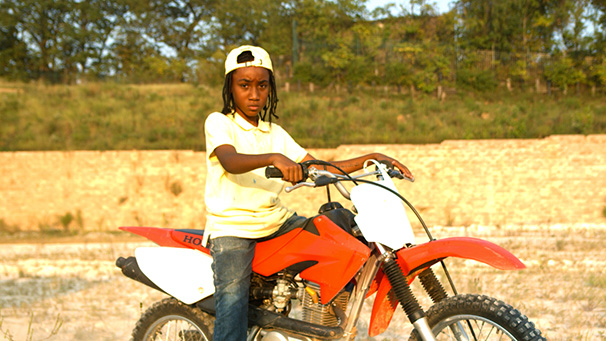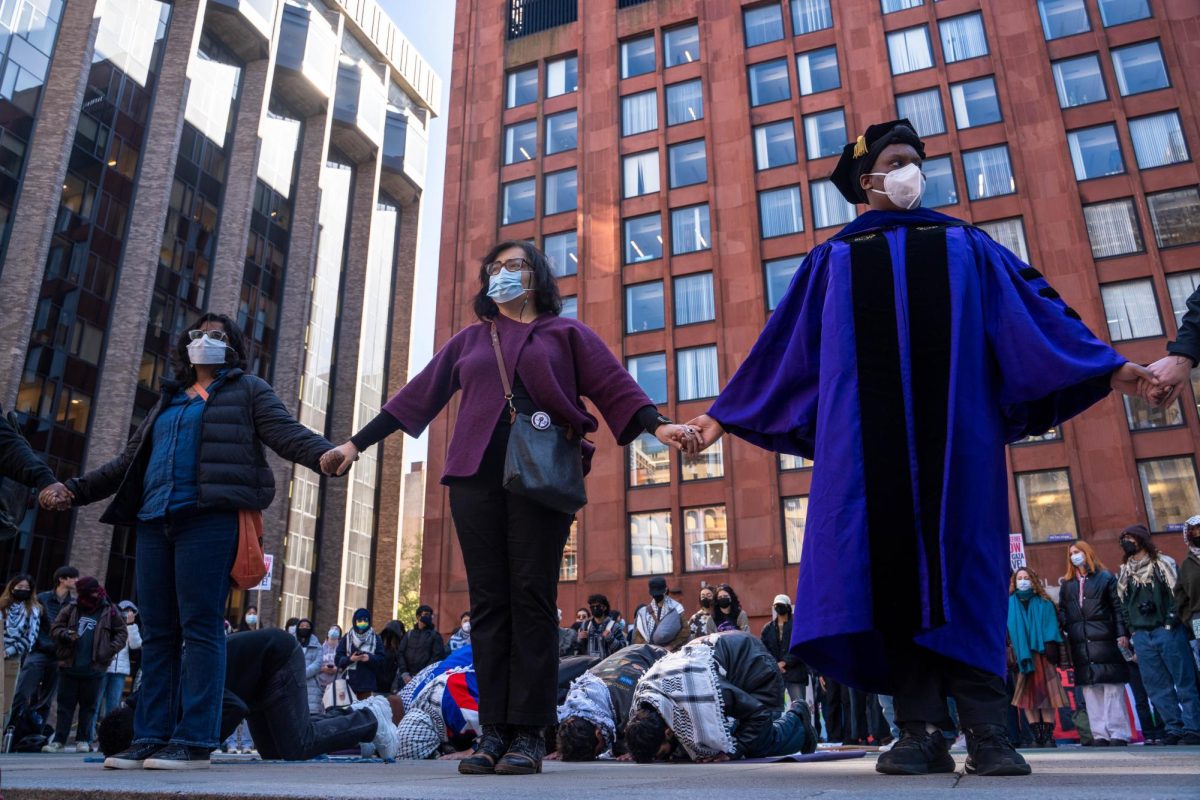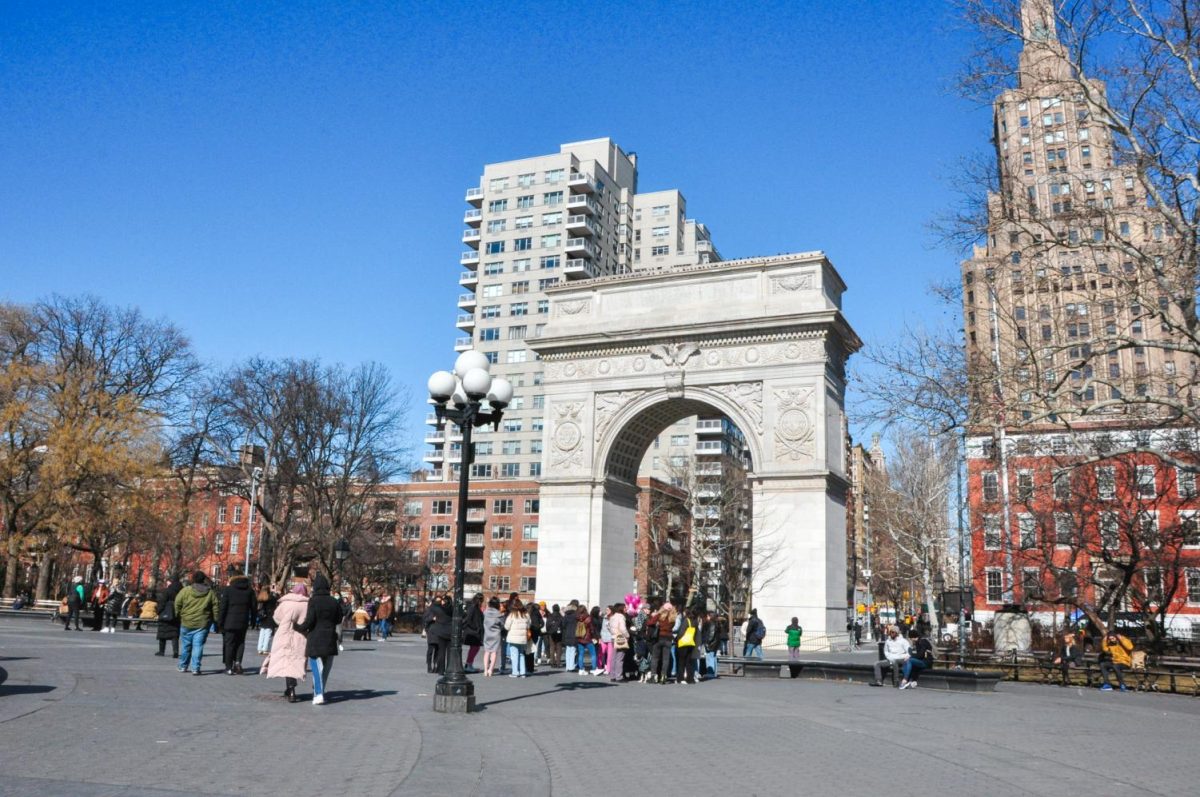
Every day they ride. They speed through city streets, disorienting cars and pedestrians as they weave in and out of traffic. The 12 O’Clock Boys, the titular community of Lotfy Nathan’s debut documentary, are a different kind of gang. They don’t steal, they don’t fight, they don’t vandalize — they ride their dirt bikes through the impoverished streets of inner-city Baltimore like self-described “gangsta Evil Knievels,” pulling wheelies at high speeds.
They create chaos for the traffic cops who do not chase them for fear of endangering motorists. Riding dirt bikes is more than a hobby for these boys. It is a way to transcend their surroundings, to rise above the lower-class dredges they are submerged in. They are a fascinating bunch, but Nathan fails to give them meaning.
As a documentarian, Nathan pulls himself in two different directions. On one hand, he wants to capture the appeal of being in the gang and what endows the members’ riding with glory through the lens of the camera. On the other, he attempts to use them as a gateway into gang culture at large, to find what motivates people to join and what that lifestyle involves. The two approaches are not exactly contradictory but, combined, they are less than illuminating.
To show the romance of the gang, the film features a lot of slow-motion shots of the bikers pulling tricks — a higher quality version of the videos they post on YouTube. Nathan’s entryway into gang life is Pug, a young boy entering adolescence who stands at the center of “12 O’Clock Boys.” He all but worships the riders and is continually trying to integrate himself into their circle.
Nathan wisely juxtaposes Pug with his mother, a single parent raising five children who desperately tries to keep them safe. Out there, they “learn all the right ways to do all the wrong shit,” she says in the film.
Both Pug and his mother are engaging, affecting presences, and the meaning of the film can be found within these two. Nathan , however, does not look deep enough into the hopes and fears that motivate them.
Furthermore, Nathan casts his net too far. The gang members, cops, other bikers, former bikers, motorists and pedestrians all express their anger over the commotion. This community-wide debate actually muddles the film’s points because Nathan takes everyone at face value.
This approach does not make much sense if the film’s purpose lies mainly in deconstructing the gang’s appeal and how these thrill seekers find solace in risky behavior.
“12 O’Clock Boys” is short, barely reaching 75 minutes, but by encompassing too many viewpoints, the film lacks an analysis of how they weave together. Nathan’s heart is in the right place, but the film could benefit from a more focused and disciplined vision.
A version of this article appeared in the Tuesday, Feb. 4 print edition. J.R. Hammerer is a staff writer. Email him at [email protected].










































































































































